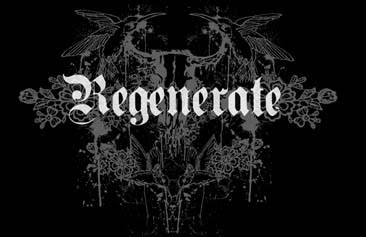The Hmong minority group has been sub-divided into branches classified by women's costume, dialect, relationships and customs. The Hmong of Sa Pa are called " Black Hmong " or Hmong Den in Vietnamese, because of their predominantly black clothing, and they make up 52% of the population of the district. They inhabit the scenic foothills of Mount Fansipan, 1650 meters above sea level.
Hmong Hemp
Hmong clothing is mainly made from locally grown Hemp, which has a physical structure and chemical composition similar to linen.In Hmong society, the entire hemp process, from sowing the seeds through to weaving the cloth is clearly defined as women's work, along with digging and planting other crops in the fields, collecting firewood, cooking, looking after the family, carrying heavy loads to market and walking many kilometres back home.
Hmong batik
The pattern for batik is drawn onto the cloth with a tool made by the Hmong blacksmiths which holds small amounts of bees wax. Unlike Indonesian batik, which is usually curvilinear, the Hmong patterns are made up of short, straight lines forming crosses, zig-zags and repeating motifs. The batik is produced in long lengths, dyed in a cold Indigo vat then the wax boiled off. This resist patterned fabric is made into jackets, baby carriers and skirts.
Indigo
Indigo plants are cultivated in neat plots on the hillsides near the houses. The plant grows to about 60 cm high and can yield 2 crops each year. The dye is contained in the leaves which when allowed to ferment and then oxidise produce a blue powder that is insoluble in water. This can be stored as a paste or powder. There are various ways of preparing the Indigo vat with substances that make the Indigo soluble. The urine of children, particularly boys is a common additive as well as lye, lime and rice wine. When the dye bath is bubbling strongly it is ready to use. The fabric is emersed in the dye vat and worked for about half an hour then hung up to oxidise into the distinct blue colour. Subsequent dippings and oxidations will darken the colour and the black of the Hmong fabrics is achieved by repeating the process twice a day, each day for a month.
Embellishment
The Hmong women are known for their embroidery and fit this work between other daily chores. The main stitches used here are chain stitch and cross stitch. These are often used in combination with applique, where small pieces of fabric are stitched onto a backing cloth, edges sewn under, to make a coloured pattern. Reverse applique, where the top fabric is cut away to make a pattern of the backing cloth is also worked by the White Hmong. Both the embroidery and the applique can be extremely fine, although some work now uses thicker threads and is less detailed. In the market women are interested in each other's work and the finest work is well appreciated.
The Hmong are spirit worshippers. They believe in household spirits and those of the door and cattle. Every house has an altar, where protection for the household is sought. Buddhism, Confucianism and Taoism have left their mark on a number of concepts and social institutions.
All Black Hmong people wear elaborate jewellery made of silver (sometimes from old French coins) or alloys. It has spiritual significance, keeping the soul with the body and helping to ward off evil spirits. Babies are given a simple metal band with a little bell on it, men and women wear neck rings with or without chains and women have large, decorative, earrings. A jeweller works near Sa Pa demonstrating his craft to passers by, beating the metal and engraving patterns from the natural world. Other modern day objects have been incorporated into jewellery - silver safety pins are common, Catholic crosses and occasional badges and trinkets from tourists are worn with pleasure.




No comments:
Post a Comment